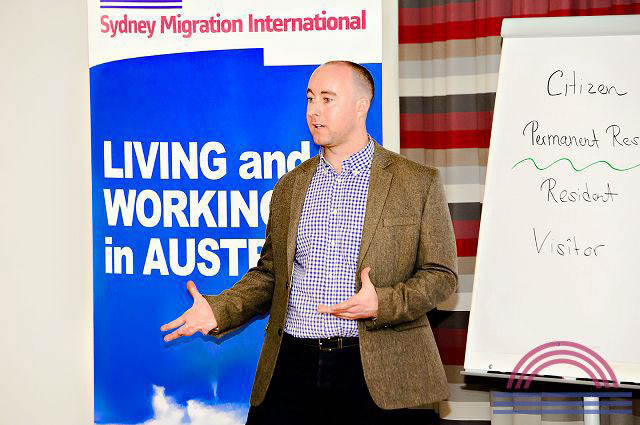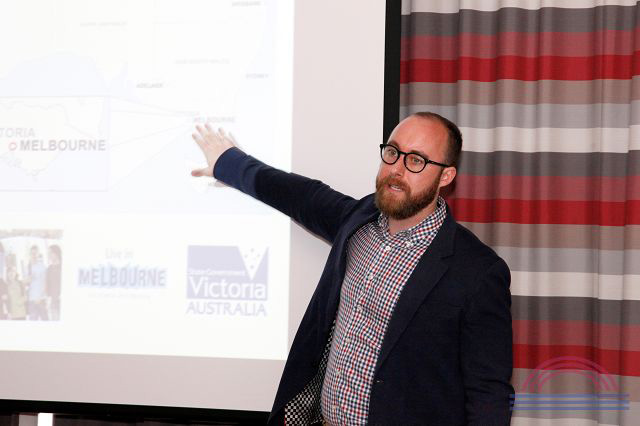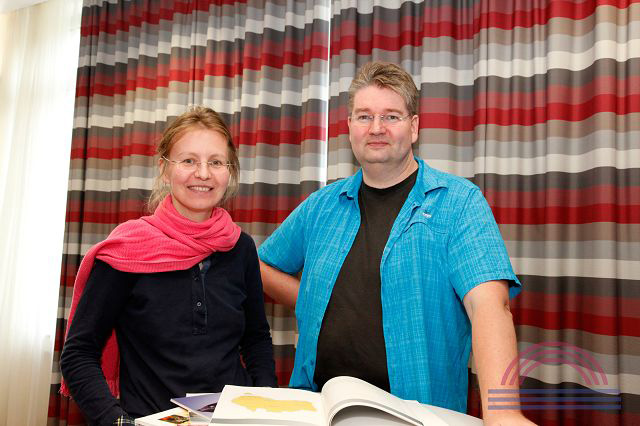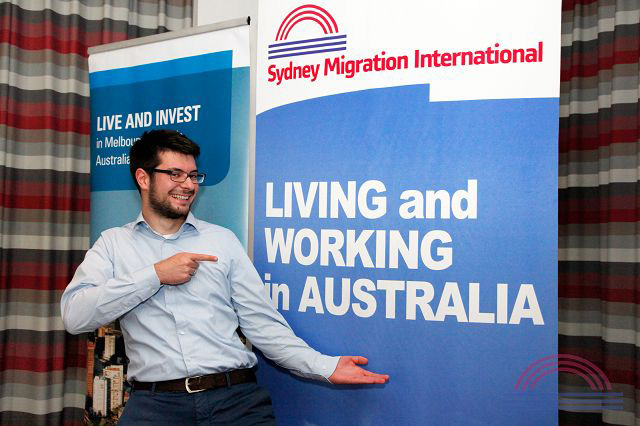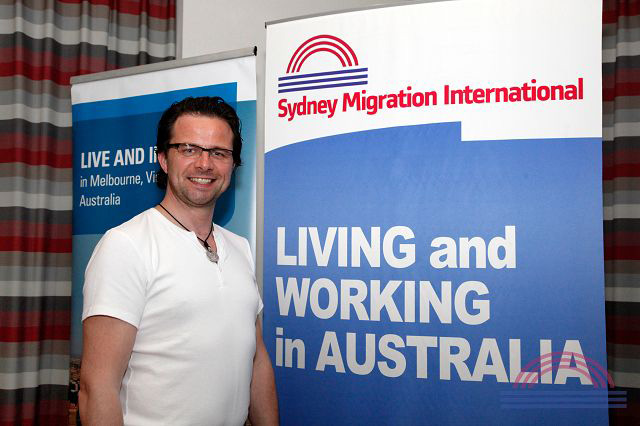The facts on the 457 visa reform
On 18 April 2017, the Government announced that it will be abolishing the current 457 visa scheme by March 2018 and replacing it with a new Temporary Skill Shortage visa scheme.
With almost immediate effect after the announcement on 18 April 2017, the occupation lists which are used to determine which occupations are eligible for certain skilled visa subclasses (including 457 visas) have been significantly condensed. These changes took effect on 19 April 2017.
To kick off the Government’s planned abolishment (and replacement) of the 457 visa by March 2018, there are now two new occupation which lists apply and prescribe the occupations that are now eligible to be nominated for the purposes of various skilled visas (including 457 visas):
- Medium and Long-term Strategic skills List (MLTSSL);
- Combined list including the Short-term Skilled Occupation List (STSOL).
What shall I do now?
It has long been the case that in order to nominate someone for the purposes of a subclass 189, 489, 485, 186, 190, 489, 457, or 407 visa (i.e. skilled visas) it is necessary for the nominated occupation to be specified on a prescribed occupation list. These were previously known as the Skilled Occupation List (SOL) and the Consolidated Sponsored Occupation List (CSOL).
Subclass 190 and 489 visa applicants are basically affected if they have not yet received an invitation on or after 19 April 2017. If they have received an invitation prior to 19 April 2017, then the previous occupations (i.e. the occupation which is the subject of their invitation) will apply to their applications. Otherwise, their occupation must be in line with the new list.
Subclass 457 applicants who have pending applications which are yet to be decided will need to immediately ensure that they comply with the new list requirements / conditions. Please contact us for further assistance. For example, many occupations are still available, but have been restricted in their scope. It may still be possible to proceed with your application. Otherwise, if your occupation does not comply with the new list requirements, you should consider withdrawal (to potentially obtain a refund of your application fees) and consider alternative options (such as the employer sponsored 186 application which is a pathway to permanent residency, if available). If however there are no issues with your proposed occupation and you are on the MLTSSL, your visa can be approved for up to 4 years. If your visa is on the STSOL then it can only be approved for up to 2 years.
Subclass 186 and 407 applications which have been lodged but not yet decided should not be affected. Only new applications made on or after 19 April 2017 need to comply with the new lists.
Further changes may come into force which affect the above in the coming months.We can review your circumstances and suggest alternative pathways.
What if I am already on an affected visa. What happens when I need to renew?
Please keep in mind that the news may not accurately reflect the current state of the law.
The 457 scheme continues to exist until the legislature amends the relevant legislation in the usual manner. We will continue to monitor any changes in this regard. We note for example that the Migration Amendment (Putting Local Workers First) Bill 2016 was registered by the House of Representatives on 28 November 2016. We anticipate that the current government will register a new bill soon to provide for further details of the proposed changes. We also anticipate that there will be transitional / grandfathering arrangements in place for existing 457 / skilled visa holders.
In the meantime, it is important for existing 457 visa holders to keep their current 457 visa expiry dates in mind, and seek prompt advice:
If you are a small or medium business find out more about
Contact us and stay informed:


 English
English  German
German 

